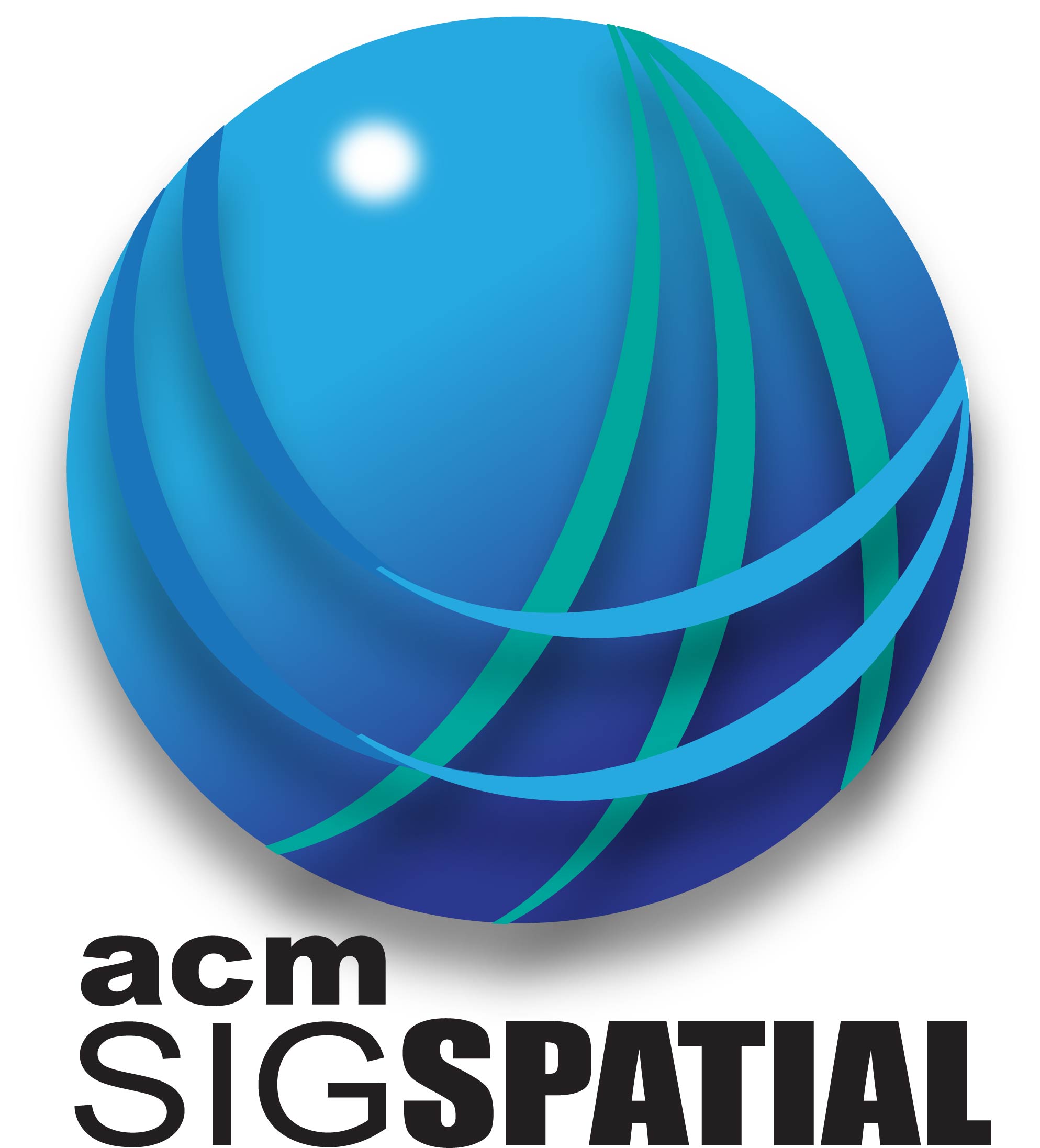Important Dates
- Abstract Submission
- June 24, 2010, 11:59 PM EST [Extended]
- Full Paper Submission
- July 3, 2010, 11:59 PM EST [New Extended]
- Notification of Acceptance
- Sept. 2, 2010
- Camera-Ready Copy
- Sept. 9, 2010
- Conference Date
- Nov. 2-5, 2010
Chairs

Corporate Sponsors
|
Sebastian Thrun
Computer Science Department
Stanford University
Photographing the World Ground Up
|
Abstract:
The speaker will discuss the Google Street View Project, from the
beginnings to its current state.
Google Street View is perhaps the largest image data base ever
collected. The goal of this project has been to take panoramic images
at every public place in this world and to make these images
accessible through the Internet, so that people can "tele-port"
themselves to anywhere, anytime. While the general idea behind Street
View can be traced back to the MIT Movie Maps project that
photographed major roads in Aspen in the late 1960s, a project of this
sale and proportion has never been tried before. The speaker will
discuss many of the issues that arose in building up a fleet of
vehicles, and processing endless pedabytes of image data in endless
Google computer racks. He will discuss some of the implications of
this new database, and key challenges in moving ahead.
Biography:
Sebastian Thrun is a professor of computer science and electrical engineering at Stanford, and a distinguished engineer at Google. In
2007, Thrun and four graduate students spun out a company to develop
the basic technology behind Google Street View, which was transitioned
into Google. Together with others at Google (most notably: Chris Uhlik
and Luc Vincent), Thrun and his students built the original Google
Street View vehicle fleet and processing pipeline. At Stanford, Thrun
pursues research on robotics and machine learning. His team won the
DARPA Grand Challenge, a historical robot race. Thrun is generally
recognized as a pioneer in robotics. He published 11 books and over
350 research papers. Thrun is an elected member of the National
Academy of Engineering and the German Academy of Sciences, and one of
his robots is available for viewing in the Smithsonian National Museum
of American History.
|
|





